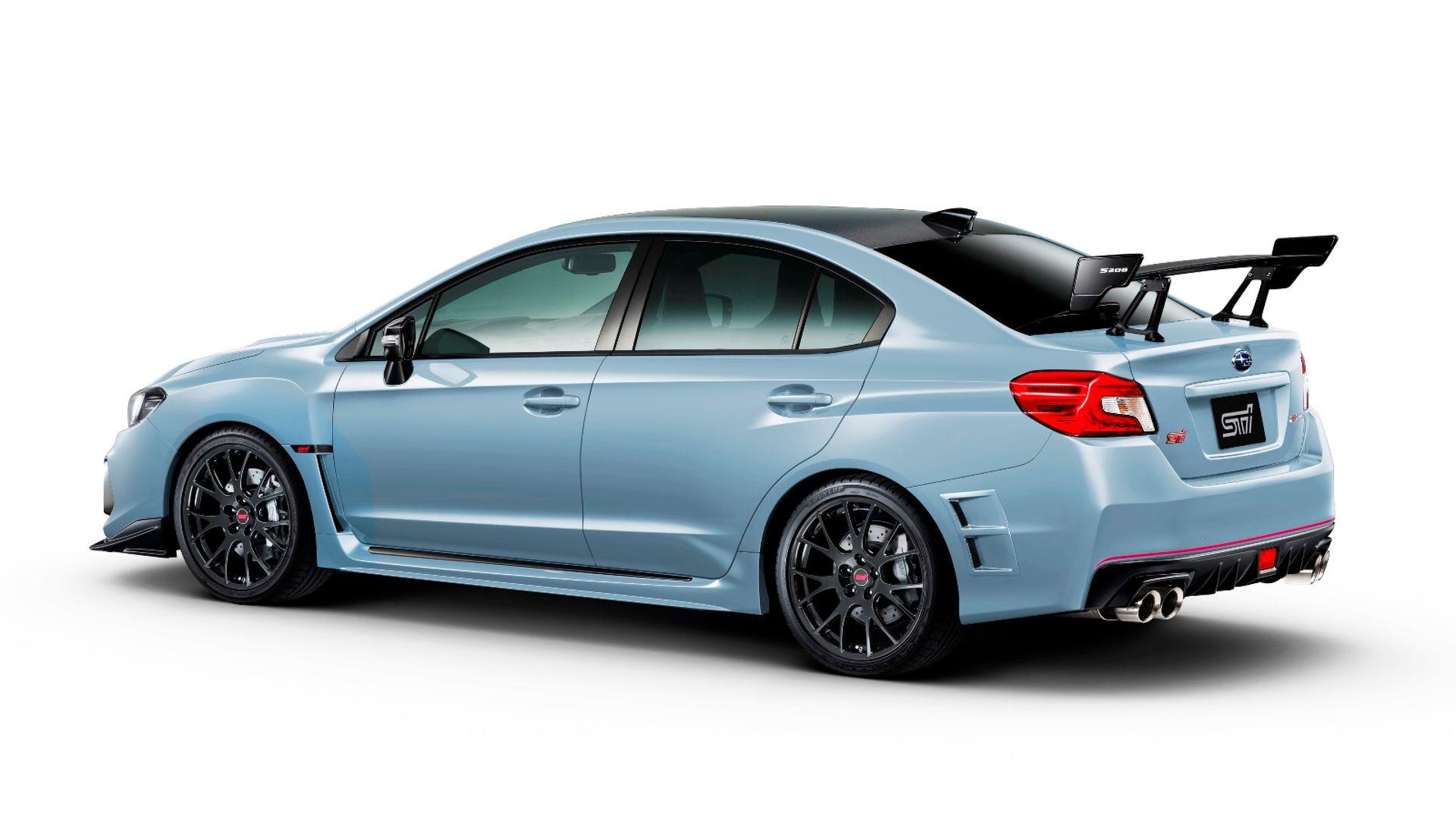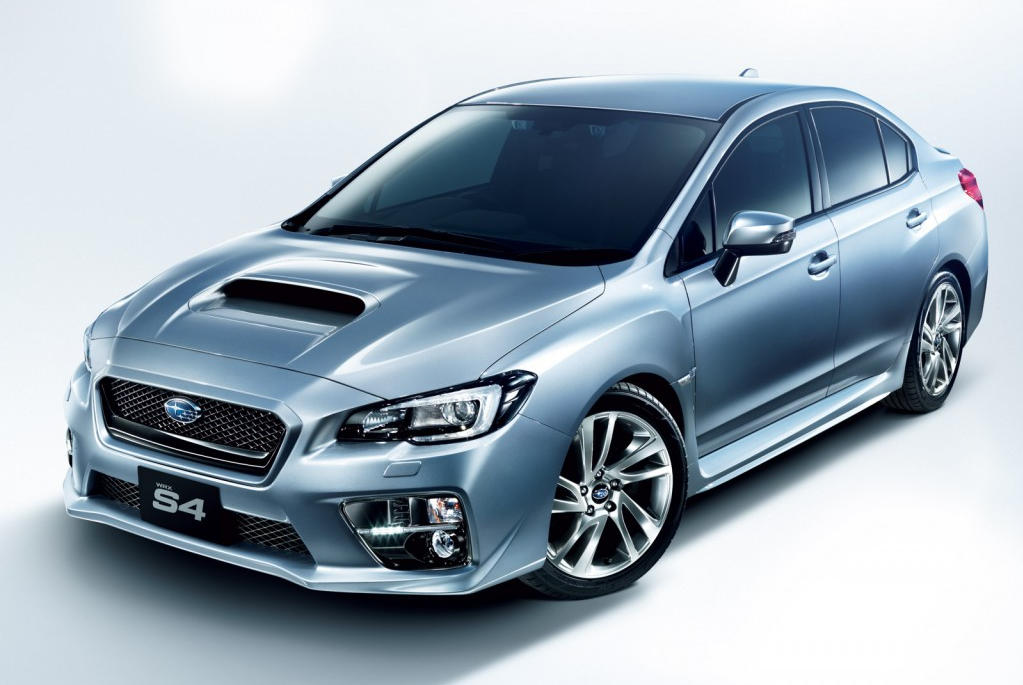

Universal headlights fit most of the models, including the Volkswagen Camper conversion model. ComplianceĬompliance in Canada for the vehicle is very easy. While they still wore the Subaru nameplate, they were now made by Daihatsu. This would also be the last generation of the Subaru Sambar with the van being phased out in 2009, followed by the truck in 2012. Also, all N/A models were now equipped with fuel injection. There was a slight increase in horsepower in the naturally aspirated and supercharged models. Most of the changes were cosmetic along with some safety features such as airbags and ABS brakes. However, the CVT was dropped in 1995 due to reliability issues and replaced with a 3-speed automatic.

#SUBARU JDM MANUAL#
A 5-speed manual was standard and a CVT was available on some models. Power was increased to 40hp on naturally aspirated models and a supercharged option was now available with fuel injection that put out a respectable 54hp. Most notably was the introduction of the 658cc “Clover-4” engine which would be used all the way through 2012. The fifth generation brought on a number of improvements over previous generations. Also, the motor was accessible from the outside, which made it easier to work on.

The most notable changes were: a slight increase in hp to 20, a raised roof for extra headroom, and a padded dash for safety. The second generation saw a few minor changes along with a truck version being released. 1966-1973 Subaru Sambar Second Generation They were mainly marketed towards the business and commercial segments as a delivery vehicle. Power was put to the wheels via a 3-speed manual transmission. They were based on the Subaru 360 platform with an independent 4-wheel suspension and 356cc 2cyl motor that produced 18hp running. In 1961, the first Sambar rolled off the production line. Its’ size helps it get to smaller areas where larger vehicles cannot. The pick-up form Is ideal for any tradesman, such as construction workers who need to move small loads without hurting their wallets. The Sambar is equipped with either a five-speed manual transmission offering extra-low gearing or an easy-to-drive automatic. For those who like to camp out, the optional crystal lite roof and drapery help when getting away from the hustle and bustle of the city. This is not necessarily a major concern in terms of leaks, but it should be noted. They were prone to oil leaks around the gaskets and seals. The second issue relates to the “Clover-4” engine used from 1990 to 2012. They suffered from a number of problems and the general consensus is to avoid them altogether as parts and finding someone capable of servicing them is quite difficult. The first pertains to the CVT transmission on certain models from 1990 to 1995. While generally regarded as reliable by owners, there are two commonly cited issues with the Sambar.



 0 kommentar(er)
0 kommentar(er)
